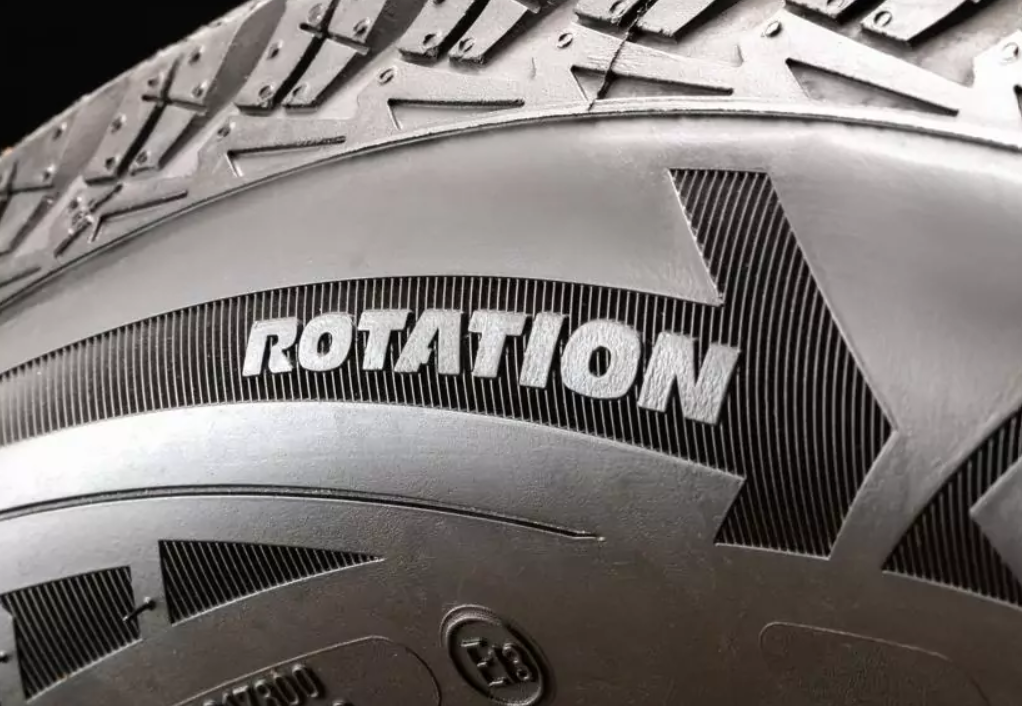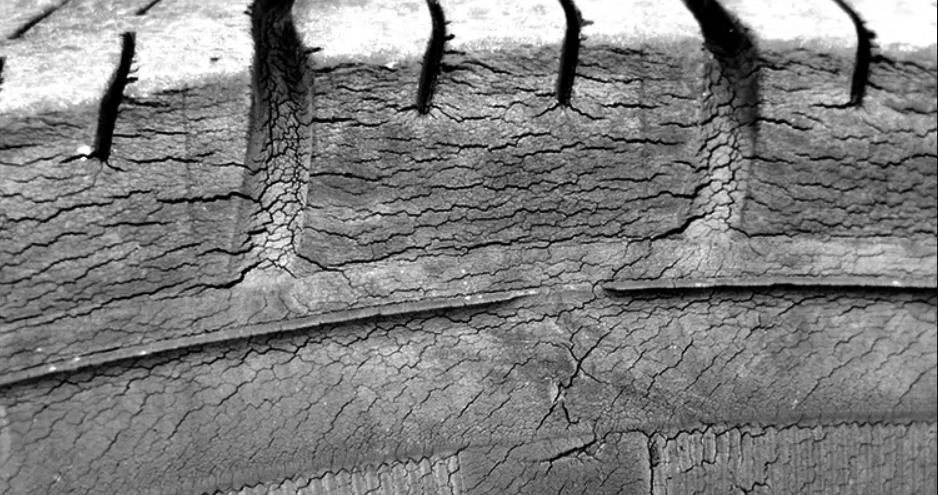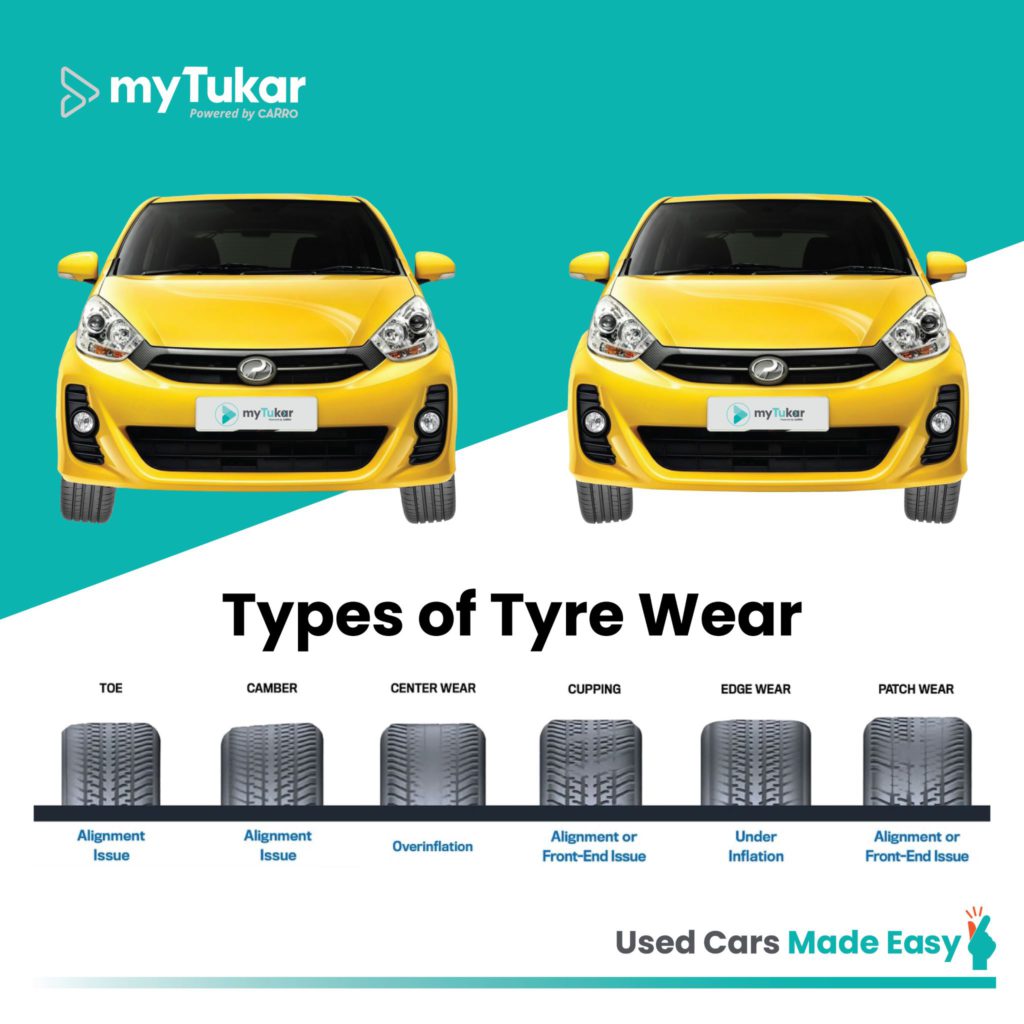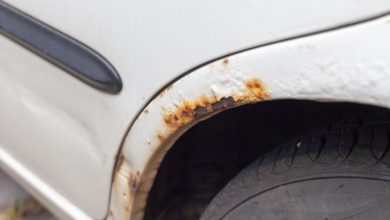3 important ways to take care of car tyres
We have talked about why your car tyres are important, how to change a flat, and how to take care of tyres during MCO. What we haven’t talked about caring for tyres in general beyond those simple steps, which is vital now that full reopening is coming soon.
Rotate
Basically, tyre rotation repositions your tyres either from the front to the back of the car or from one side to the other. As tyres experience differing levels of load, they wear out at different rates. Tyre rotation distributes tread wear evenly across all four tyres; consistent handling across all sides can be achieved.
Which rotation patterns to adopt largely depends on the type of tyres you are using. If you have the same-sized, non-directional tyres, they can be repositioned at either axle and opposite sides of each axle; drivetrain types (FWD, RWD, and 4WD) may influence which sides to move the tyres. Same-sized, directional tyres cannot be shifted to the opposite side as the tread will face the wrong way, preventing proper water dispersion; directional tyres will have the ‘rotation’ indication marked on the sidewall.

Different-sized (staggered), non-directional tyres front and back will need to be switched between their same-sized partner and remain on the same axle; directional tyres in this case remain on the same axle but may require dismounting, mounting, and rebalancing. Tyres typically need to be rotated every 10,000km; consult the owner’s manual for your specific make and model and rotation patterns.
Dry rot

If your tyre has dry rot, you will notice several things.
- Brittleness – Your tyre will look and feel brittle. Small pieces of tyre may even break off.
- Cracks – You may notice cracks appearing on the tread and elsewhere on the tyre.
- Faded colour – Your tyre will start turning grey
So why is dry rot so bad? As your tyre cracks and pieces fall off, holes could appear and cause your tyre to deflate and it can become impossible to maintain the correct tyre air pressure. This would cause the same problems as underinflated tyres by stressing your car’s suspension.
If you notice dry rot on your tyres, go to a trusted mechanic and they will evaluate if your tyre can be saved or if you need to completely replace them. You can avoid dry rot by keeping your car in a basement where temperatures are stable and the tyres are out of the sun’s harmful UV rays. Do be sure to frequently drive your vehicle, as inactivity can also cause dry rot.
Alignment
Proper wheel alignment plays a vital role in determining how much of the tyre is actually in contact with the road, which affects how the car handles as well as the tyre’s the tread wear pattern. Naturally, poor wheel alignment can result in uneven wear. So, if you notice one side wearing down faster than the other, it’s worth having the alignment looked at.
If only the inside and outside shoulder of the tread block is worn, you may need a camber adjustment. This is basically an inward or outward tilt of tyres when viewed from the front of the car. Conversely, if your tyres are worn out ‘sideways’ from the top edge as viewed from above, your toe angle needs adjustment. This is an inward or outward tilt of tyres when viewed from above. All these signs are the tyre’s cry for an immediate wheel alignment. Ignoring these warning signs are detrimental to both the tyre’s lifespan and vehicle handling.

In short, tyre care is more than just ensuring tyre pressure is correct and driving them once in a while. Care and attention are needed to prevent your tyres from being weathered into uselessness. If you need help with taking care of your tyres, myTukar’s professional maintenance service is ready to help! If you are looking for an SUV, check this article out before you buy!





